Website personalization - creating a tailored experience for your customers
In today's competitive digital landscape, businesses are constantly looking for ways to stand out and connect with their audience. One of the most effective methods is through website personalization. By delivering a personalized web experience, businesses can create a more engaging, relevant, and conversion-focused user journey.
In this article, we’ll explore what website personalization is, its benefits, and practical website personalization examples that can elevate your site’s performance.
What is website personalization?
Website personalization involves tailoring the content, layout, and features of a website to individual users based on their preferences, behavior, and demographics. This is achieved using data such as browsing history, geolocation, past interactions, and purchase patterns. The goal is to create a personalized page that meets the specific needs and interests of the visitor, making their experience on the site more relevant and engaging.
In essence, personalization transforms a generic browsing experience into a targeted, user-centric journey, leading to higher engagement, better retention, and ultimately, increased conversions.
Benefits of website personalization
There are numerous benefits of website personalization, and they can positively impact not just the user experience but also the bottom line for businesses. Here are some of the key advantages:
- Increased engagement and retention. Personalized experiences make users feel more connected to your brand. When visitors see content, products, or services that match their interests or needs, they are more likely to stay on the site longer and engage with multiple elements.
- Higher conversion rates. Delivering tailored recommendations and personalized offers can guide visitors toward making a purchase. Personalized content helps to remove barriers to conversion, providing the right information at the right time.
- Enhanced user experience. Website customization ensures that users see the most relevant and meaningful information, reducing frustration and improving overall satisfaction.
- Improved customer loyalty. By consistently offering a personalized web experience, you build trust and loyalty. Users are more likely to return to a website that feels intuitive and designed just for them.
- Better data utilization. Personalization allows you to leverage the data you collect from user interactions. By utilizing this data effectively, you can continuously refine and improve the customer experience over time.
Website personalization examples
Many businesses are already reaping the rewards of personalization by incorporating various techniques into their websites. Here are some website personalization examples that showcase how leading brands are creating a more customized experience for their visitors.
1. Personalized product recommendations
Amazon is a classic example of a website using personalized product recommendations effectively. The platform analyzes past user behavior, including searches and purchases, to recommend products that are likely to be of interest to the individual. For example, if a customer has previously bought hiking gear, Amazon might recommend related items like backpacks or outdoor clothing. This approach enhances cross-selling and upselling, significantly boosting revenue.
2. Dynamic content based on user behavior
Netflix is another leader in website personalisation. The platform uses a combination of algorithms and data analysis to offer personalized movie and TV show suggestions based on a user’s viewing habits. Every time a user logs in, they see different recommendations that reflect their preferences, creating a tailored, highly engaging experience.For ecommerce businesses, dynamic content can be used to display recently viewed products, abandoned cart items, or limited-time offers based on the customer’s journey. This helps keep users engaged and encourages them to complete transactions.
3. Geolocation-based customization
Many ecommerce websites use geolocation data to tailor their content and promotions. For instance, clothing retailers might show different product suggestions depending on the weather in the visitor’s location. If someone from a cold region visits the site, they might see winter coats and boots, while a user from a warm area might be shown swimwear and summer clothing. Geolocation-based personalization can also be used to display local store information or adjust pricing and shipping options based on location. ConversionWax can help you achieve this.
4. Custom landing pages for different audiences
Creating personalized pages for different customer segments is a highly effective way to boost relevance. For example, B2B companies can create different landing pages for visitors from small businesses, enterprise clients, or different industries, each featuring tailored messaging, case studies, and offers that resonate with that specific audience. SaaS companies often use this approach to highlight the specific benefits of their software for different user types.
5. Personalized email campaigns linked to website experience
Personalized emails that link back to personalized web experiences are another powerful tool. Brands like Spotify send emails that show users their most listened-to artists, playlists, and songs, then direct them back to a customized webpage with tailored music recommendations. This creates a seamless transition between email marketing and website personalization, boosting engagement across multiple channels.
How to implement website personalization in your business
If you’re looking to start implementing website customisation on your site, here are some steps to get you started:
- Segment your audience. Identify key user segments based on behavior, demographics, or purchasing patterns. For example, you might create segments for first-time visitors, returning customers, or users from different geographic locations.
- Use data and analytics. Leverage data from tools like Google Analytics, CRM systems, and heat maps to understand user behavior. The more data you have, the better you can personalize the user experience.
- Test different personalization strategies. Personalization should be data-driven, but it also requires testing. Use A/B testing to see which personalized elements (product recommendations, dynamic content, personalized landing pages) resonate most with your audience.
- Choose the right tools. Many platforms, such as Optimizely, Dynamic Yield, and ConversionWax have personalization tools that can help automate and optimize your website’s personalized features.
- Optimize continuously. Website personalization is not a one-time task. Continuously monitor user behavior, test new ideas, and refine your approach to keep the experience fresh and relevant.
Perfect your personalization
Website personalization is one of the most powerful strategies for enhancing customer engagement and driving conversions. By using real-time data to deliver a personalized web experience, businesses can create meaningful interactions that keep users coming back. Whether through personalized product recommendations, dynamic content, or custom landing pages, the possibilities for website personalisation are vast.
The benefits of website personalization are clear - higher engagement, increased conversions, and stronger customer loyalty. By following these examples and implementing the right tools, you can start delivering a customized, user-centric experience that sets your business apart.
Start your personalization journey with ConversionWax
-
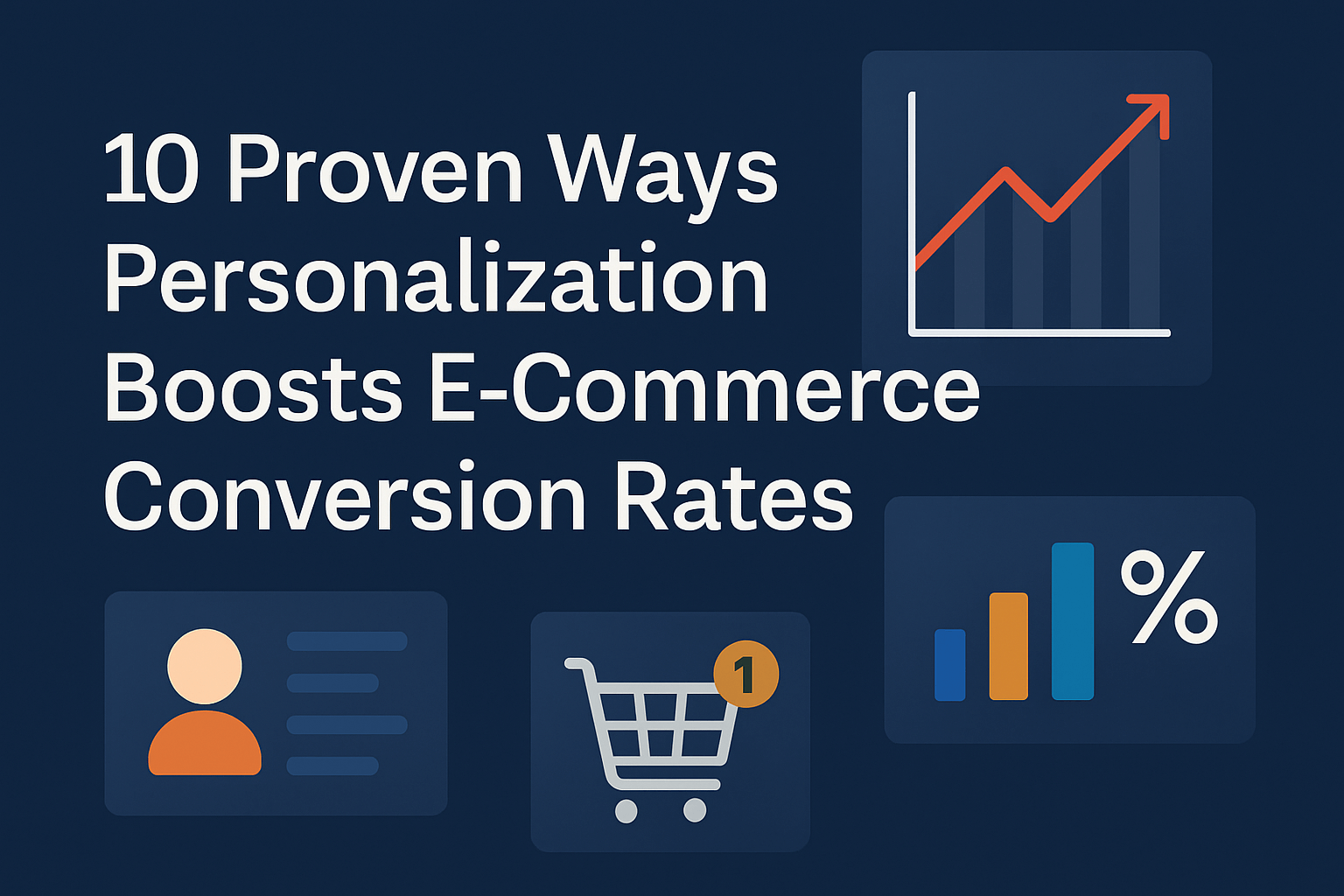
10 Proven Ways Personalization Boosts E-Commerce Conversion Rates
-
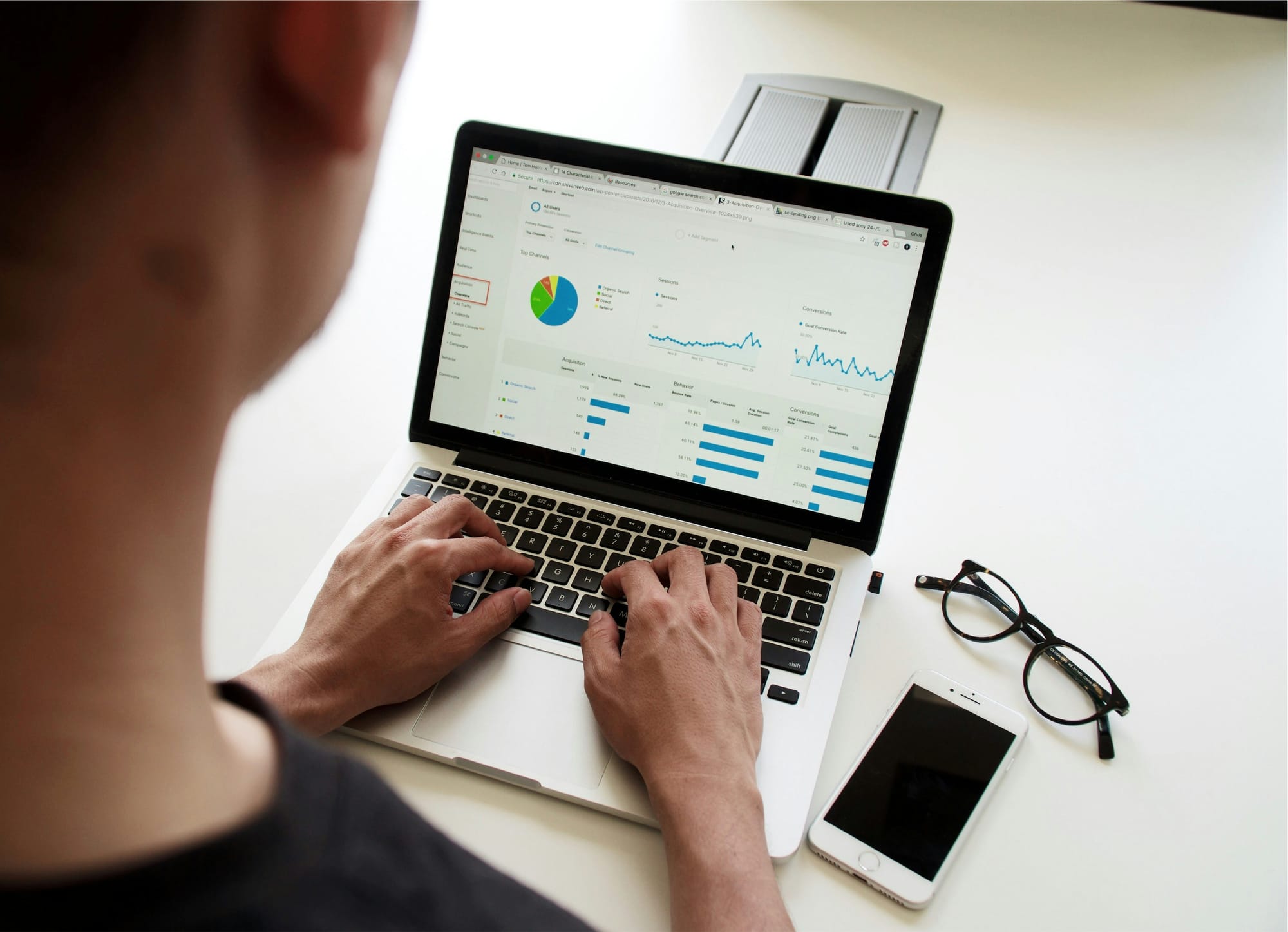
How to increase your website sales
-
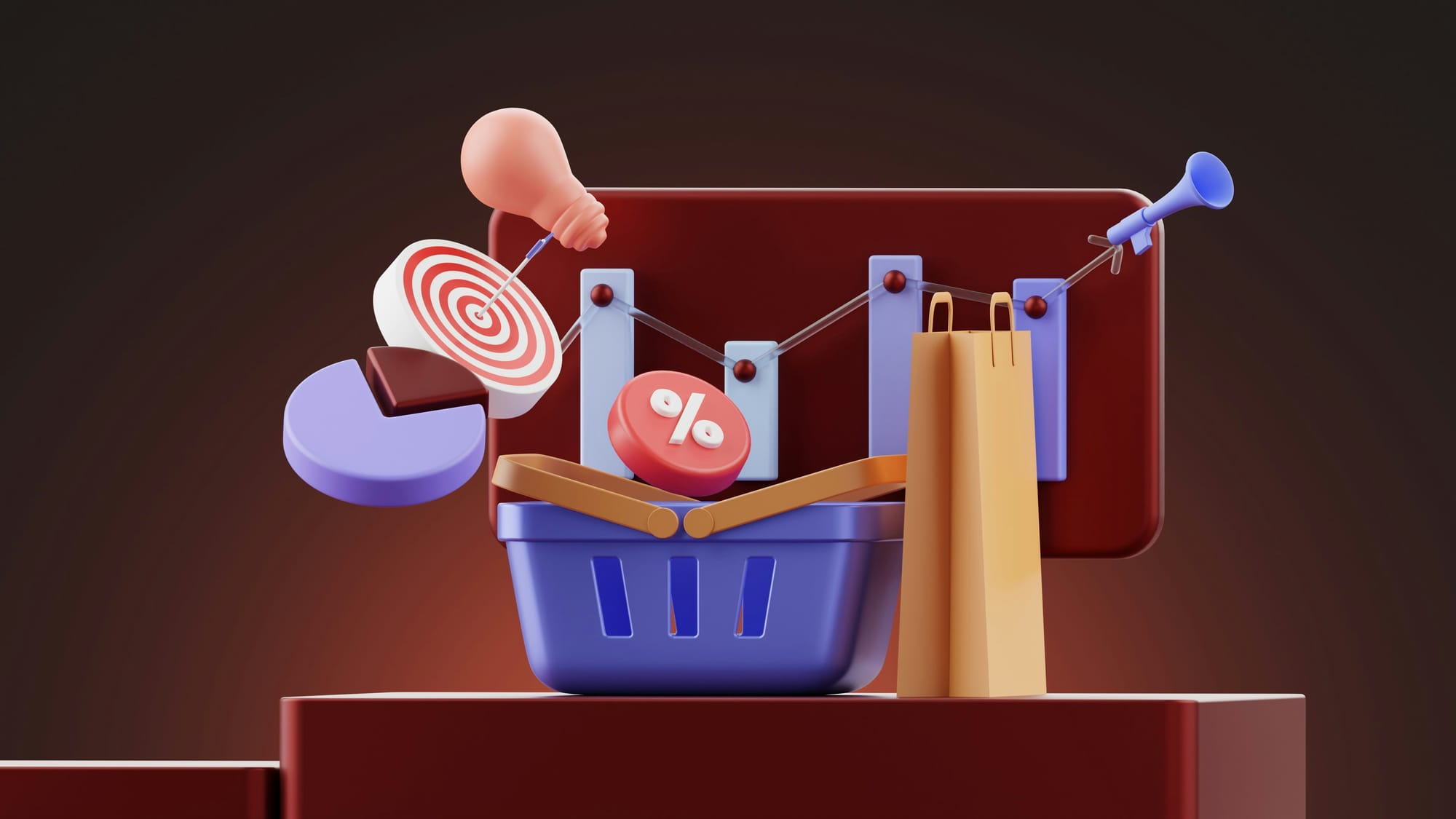
Mastering ecommerce product page optimization
-
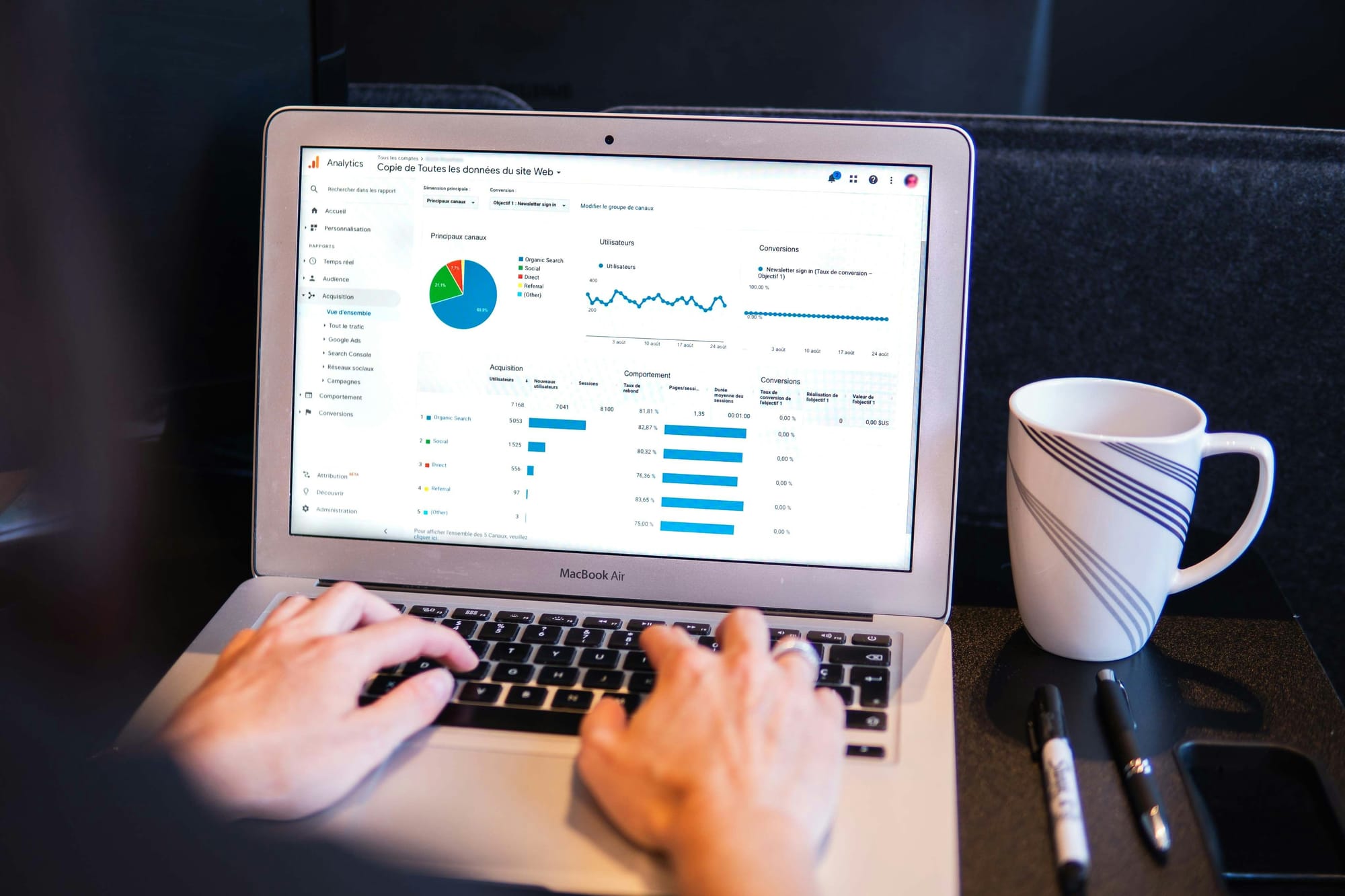
Ecommerce content optimization - strategies to drive conversions
-

Product page SEO best practices
-

Create a winning ecommerce strategy
-
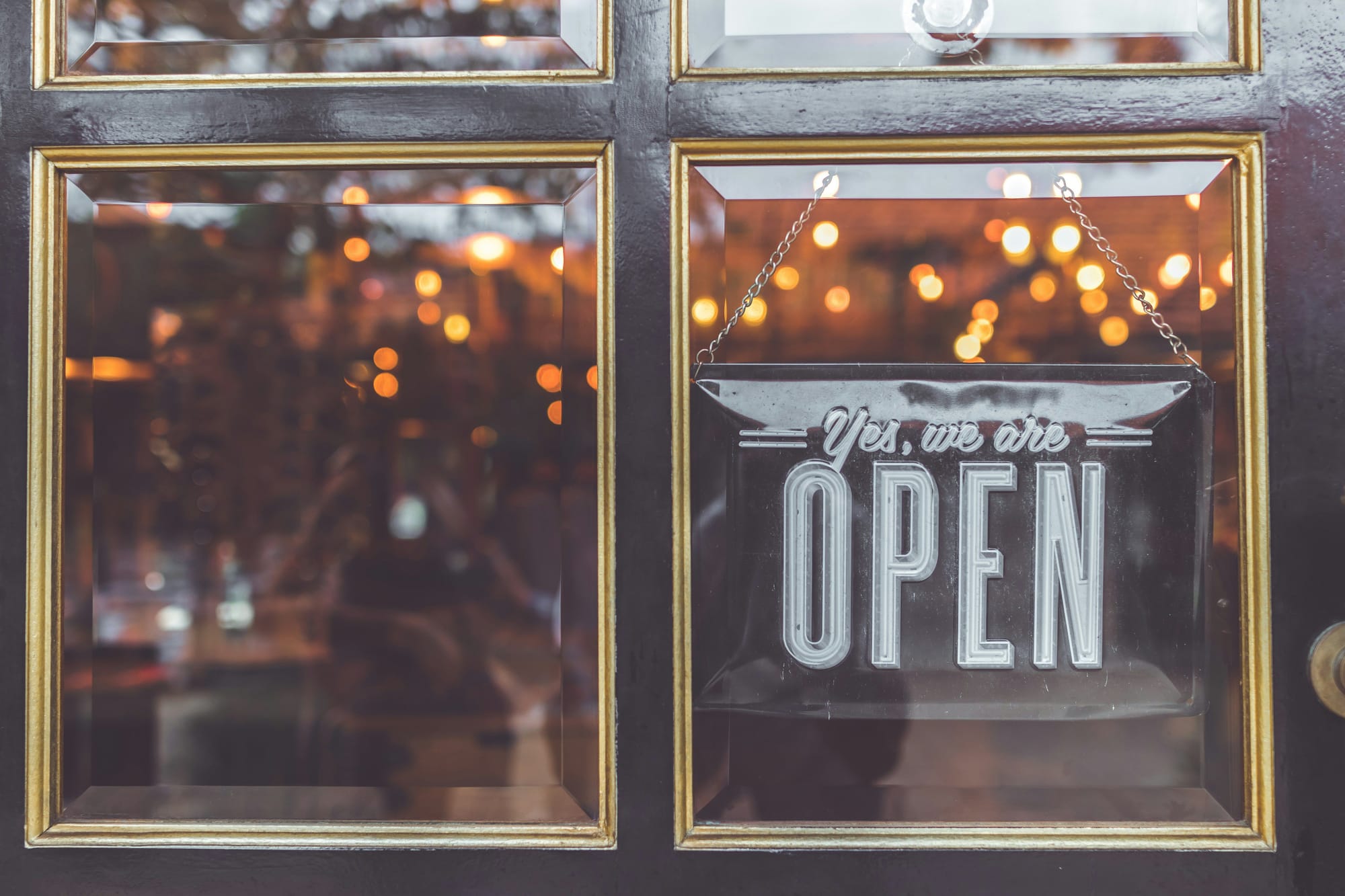
Ecommerce optimization - strategies to boost your online store's performance
-
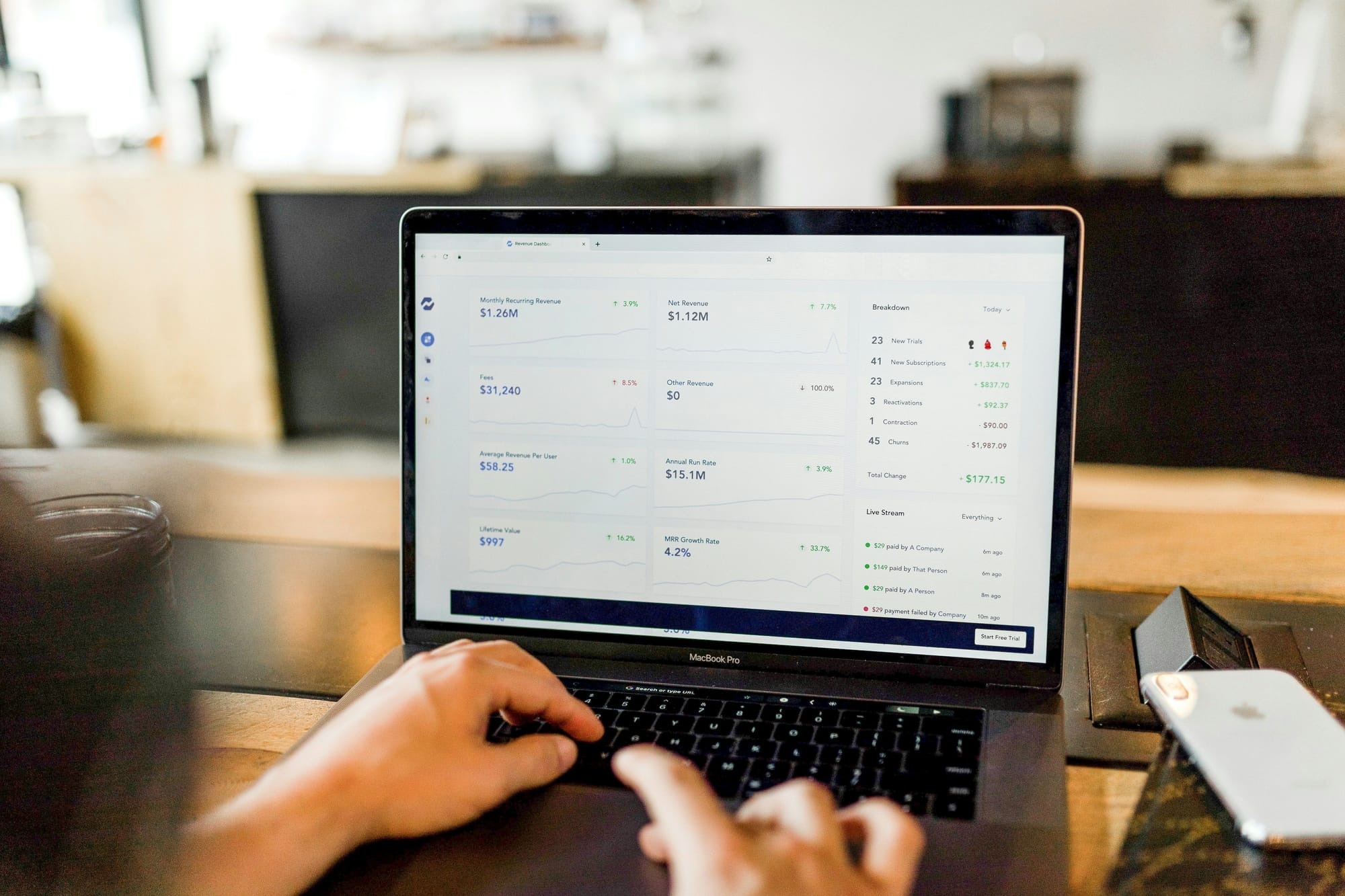
Ecommerce best practices - how to enhance performance, attract customers, and grow sales
-
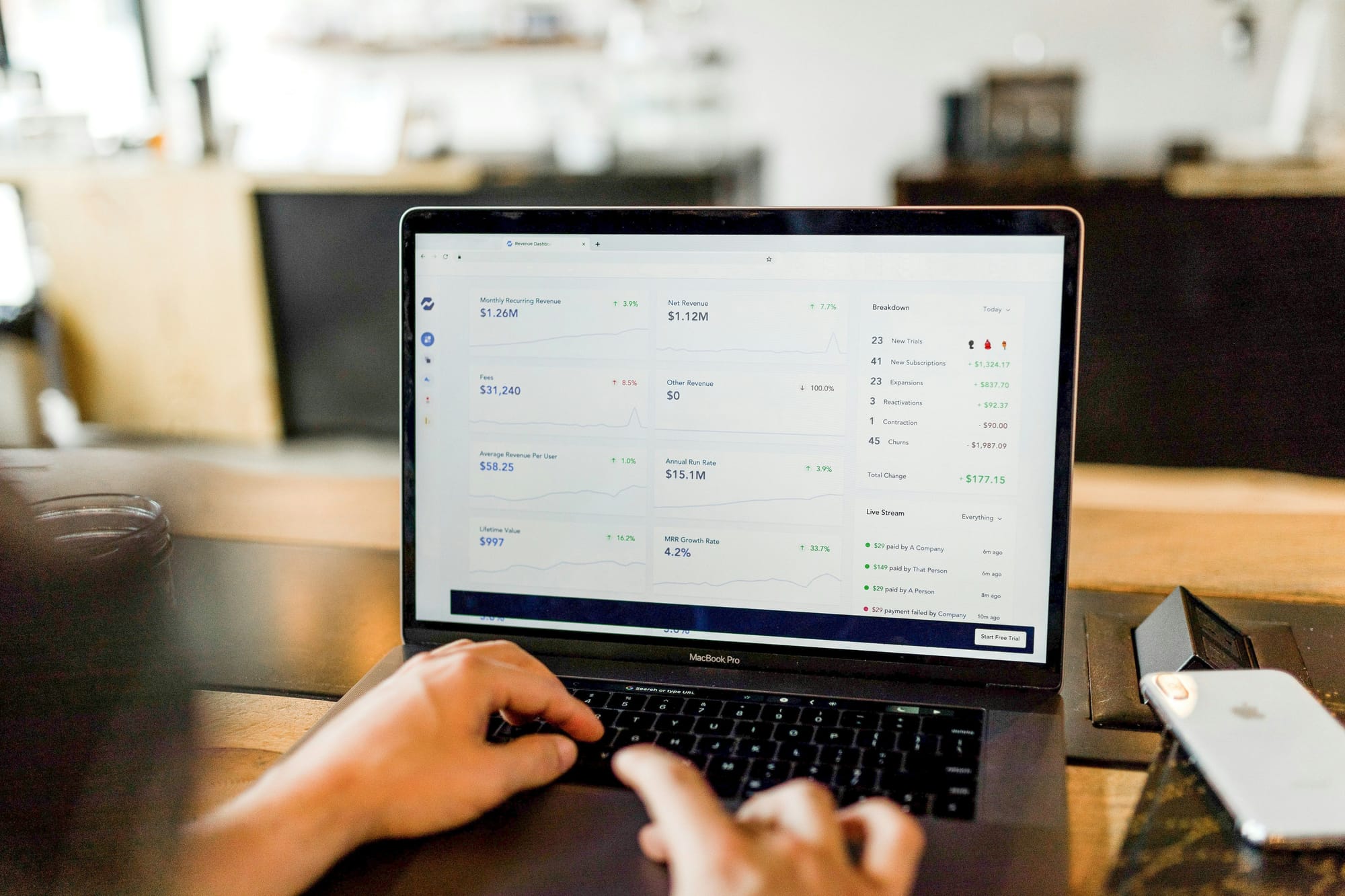
How to increase online sales - proven strategies to boost your business
-

How to market a product online - proven strategies for success

